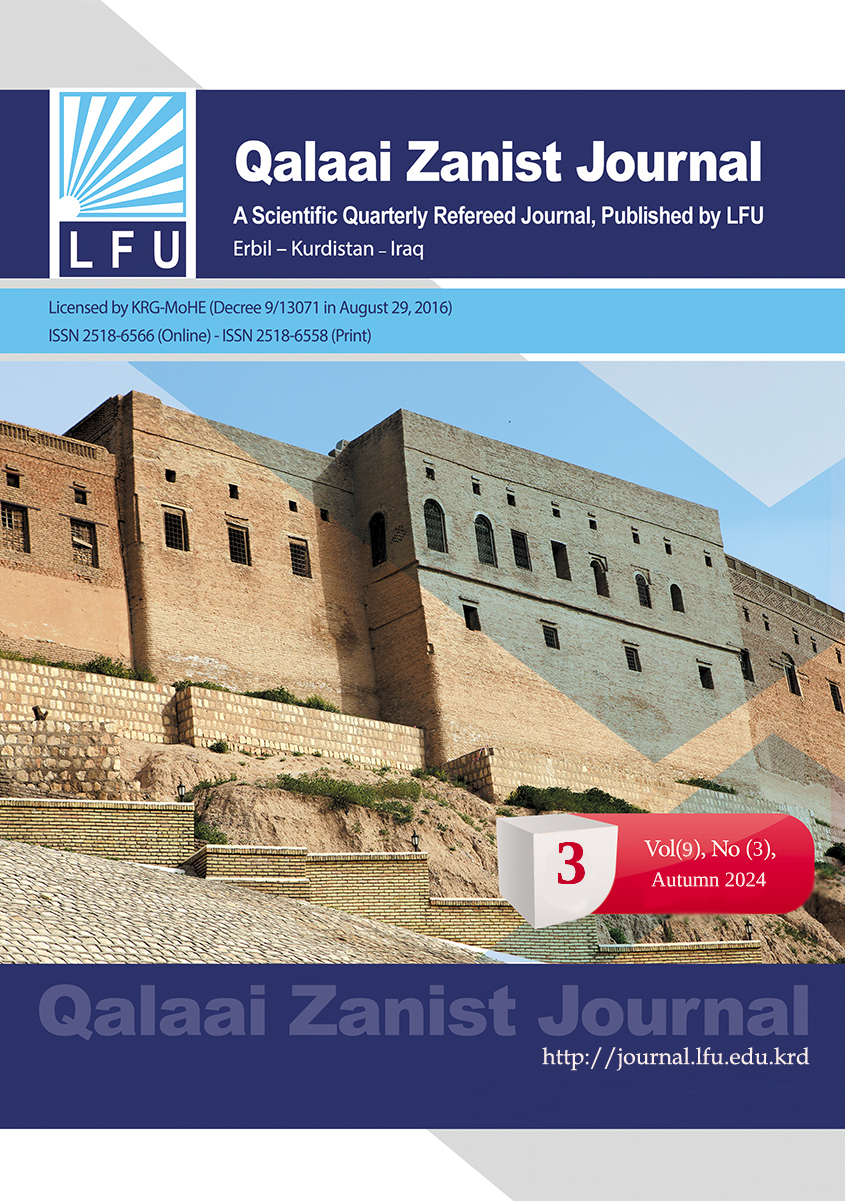The role of body language in teaching methods
##plugins.themes.bootstrap3.article.main##
Abstract
This research intends to evaluate the importance of body language in teaching methods and to present the function and position of body parts, their effect on student admittance and guidance, and how these factors can assist students learn effectively. Also, which type of body part makes the most substantial contribution to teaching and whether this type is effective or not.
Body language refers to the nonverbal cues that people use for everyday communication, such as facial expressions and body movements, through which information can be conveyed without being spoken, usually it makes up 50% to 70% of communications, so a thorough understanding of it is important to clarify the conversation. Educators who teach in different session need words and body language to communicate effectively with students. If body language is used properly, the intended idea is delivered to students more effectively and efficiently. This article illustrates the benefits of instructors acting as both competent givers and recipients of nonverbal cues. The study was qualitative research; a survey form technique was used. Students' opinions were sought on the importance of teachers' use of body language during teaching.
Downloads
##plugins.themes.bootstrap3.article.details##
How to Cite
Copyright (c) 2024 Kalthum Khalid Ahmed، Bashdar Abdulrahman Aziz، Abdulmutalib Abdulla Muhammad

This work is licensed under a Creative Commons Attribution 4.0 International License.

